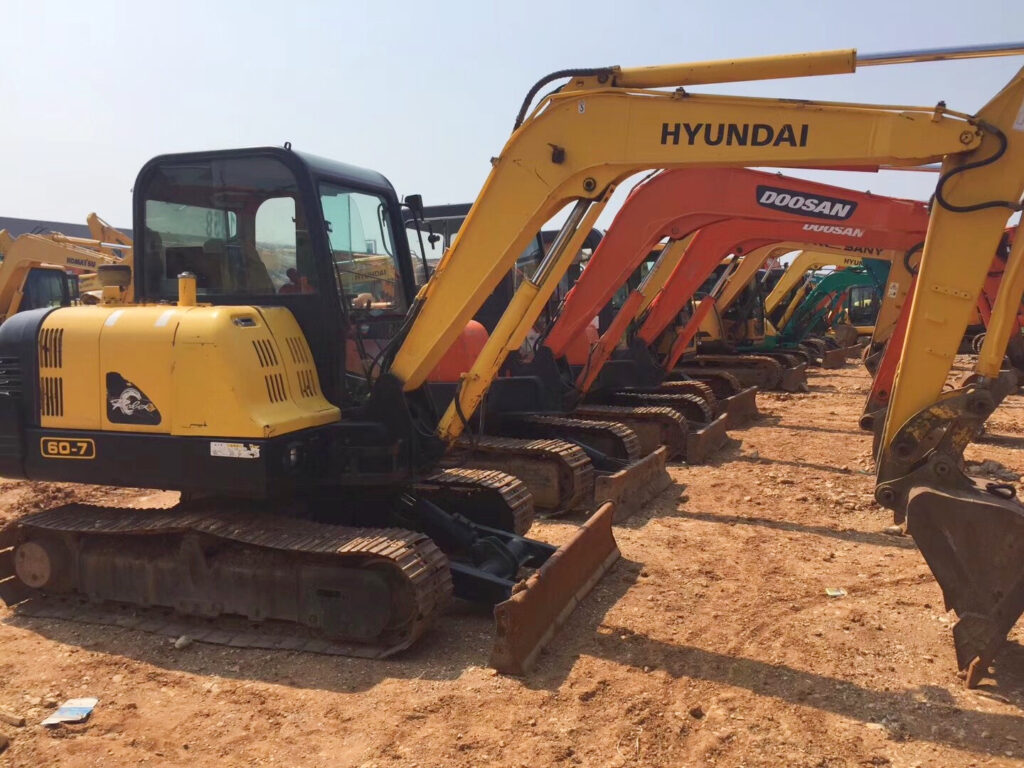When it comes to enhancing the curb appeal of your home, landscaping excavation can make a world of difference. Whether you are looking to create a lush garden, add a new patio, or simply spruce up your front yard, using an excavator for landscaping can help you achieve your desired look. In this blog post, we will explore various landscaping ideas for the front of your house, discuss low maintenance options, and share tips on how to design a landscape that complements your home.
One popular landscaping idea for the front of a house is creating a small area garden. This can be achieved by using an excavator to dig out space for flower beds or planting trees and shrubs. By incorporating different plants and flowers, you can add color and texture to your yard while also attracting wildlife such as birds and butterflies. Additionally, adding mulch or rocks around the garden area can help retain moisture and prevent weed growth.
Another option for low maintenance landscaping around the house is installing hardscaping features such as a patio or pathway. Using an excavator to level the ground and lay down pavers or stones can create an inviting outdoor space that requires minimal upkeep. Adding seating areas or fire pits can also enhance the functionality of your yard while providing a gathering spot for family and friends.
House landscape photos are a great source of inspiration when designing your own landscape. By browsing through images online or in magazines, you can get ideas on plant placement, color schemes, and overall layout. Pay attention to the architecture of your home and choose landscaping elements that complement its style. For example, if you have a modern house, opt for simple landscape designs with clean lines and minimalistic features.
When planning your landscape design, consider creating separate zones for different purposes such as entertaining, gardening, or relaxation. Use an excavator to sculpt the land into distinct areas and add elements like pergolas, water features, or outdoor lighting to define each space. By creating functional zones within your landscape, you can maximize the usability of your outdoor area while adding visual interest.
landscaping excavation offers endless possibilities for transforming the exterior of your home. Whether you prefer a lush garden filled with flowers or a sleek modern design with hardscaping features, using an excavator can help bring your vision to life. By incorporating low maintenance options and considering house landscape photos for inspiration, you can create a beautiful outdoor space that enhances the overall look of your property. So why wait? Start planning your landscaping project today!
Landscaping excavation is not only about digging dirt; it’s about creating a personalized outdoor oasis that reflects your style and enhances the beauty of your home. With so many options available – from small area gardens to hardscaping features – there’s no limit to what you can achieve with the right tools and creativity. So grab an excavator and start transforming your property today!
Tips for Hiring a Landscaping Excavation Contractor
When considering a landscaping excavation project, hiring the right contractor is crucial for ensuring a successful outcome. Here are some tips to help you select a qualified professional:
Check Credentials: Ensure that the contractor you choose is licensed and insured. This protects you from potential liabilities during the excavation process and gives you confidence in their professionalism.
Experience Matters: Look for contractors who have a solid track record in landscaping excavation. Request examples of their previous work, focusing on projects similar to yours. This will give you insights into their expertise and style.
Obtain Multiple Quotes: Don’t settle for the first estimate you receive. Collect quotes from several contractors and compare their services and pricing. Be cautious of significantly low bids, as they may indicate inferior quality or hidden costs.
Read Reviews and References: Check online reviews and ask for references from past clients. A reputable contractor should have positive feedback about their work, reliability, and how well they communicate throughout the project.
Discuss Timelines and Budget: Clearly communicate your expectations regarding project timelines and budget. A skilled contractor will provide a detailed proposal, outlining the scope of work, payment schedule, and estimated completion date.
By taking these steps, you can ensure that your landscaping excavation project is managed by professionals who will bring your vision to life while minimizing the stress of the process. With the right team in place, your efforts to transform your home’s exterior will be both exciting and rewarding.
Additional Considerations for Your Landscaping Excavation Project
When planning your landscaping excavation, it’s essential to think beyond just aesthetics and functionality. Here are some additional factors to consider that can significantly impact the success of your project:
Soil Quality: Before commencing any excavation work, assess the quality of your soil. Understanding the type of soil you have can guide you in selecting appropriate plants and landscaping materials. For instance, sandy soil may drain well but might not hold nutrients, while clay soil retains moisture but can hinder drainage.
Local Climate: Knowing your local climate conditions is vital when selecting plants and designing hardscapes. Research the plants that thrive in your area regarding water needs, sunlight exposure, and seasonal changes. This knowledge will help you create a sustainable landscape that flourishes with minimal intervention.
Irrigation and Drainage: Proper irrigation and drainage systems are essential to maintaining your landscape’s health. Consider incorporating a drip irrigation system or rainwater harvesting methods to ensure your plants receive adequate water without wastage. Additionally, address drainage issues to prevent water pooling and potential erosion.
Patience with Growth: Keep in mind that landscaping is not an instant transformation. Plants take time to grow and mature, and patience is essential during this process. Anticipate how your landscape will evolve over time, and consider using a mix of mature plants and younger ones for immediate impact while nurturing the future growth.
Environmental Impact: Lastly, be mindful of the environmental implications of your landscaping choices. Opting for native plants can conserve water and support local wildlife. Furthermore, implementing sustainable practices, such as opting for organic mulches or eco-friendly fertilizers, can help preserve the ecosystem in your area.
By taking these additional considerations into account, you can ensure that your landscaping excavation project is not only visually appealing but also environmentally responsible and sustainable for years to come. With careful planning and the right approach, your outdoor space can become a thriving and enjoyable extension of your home.



